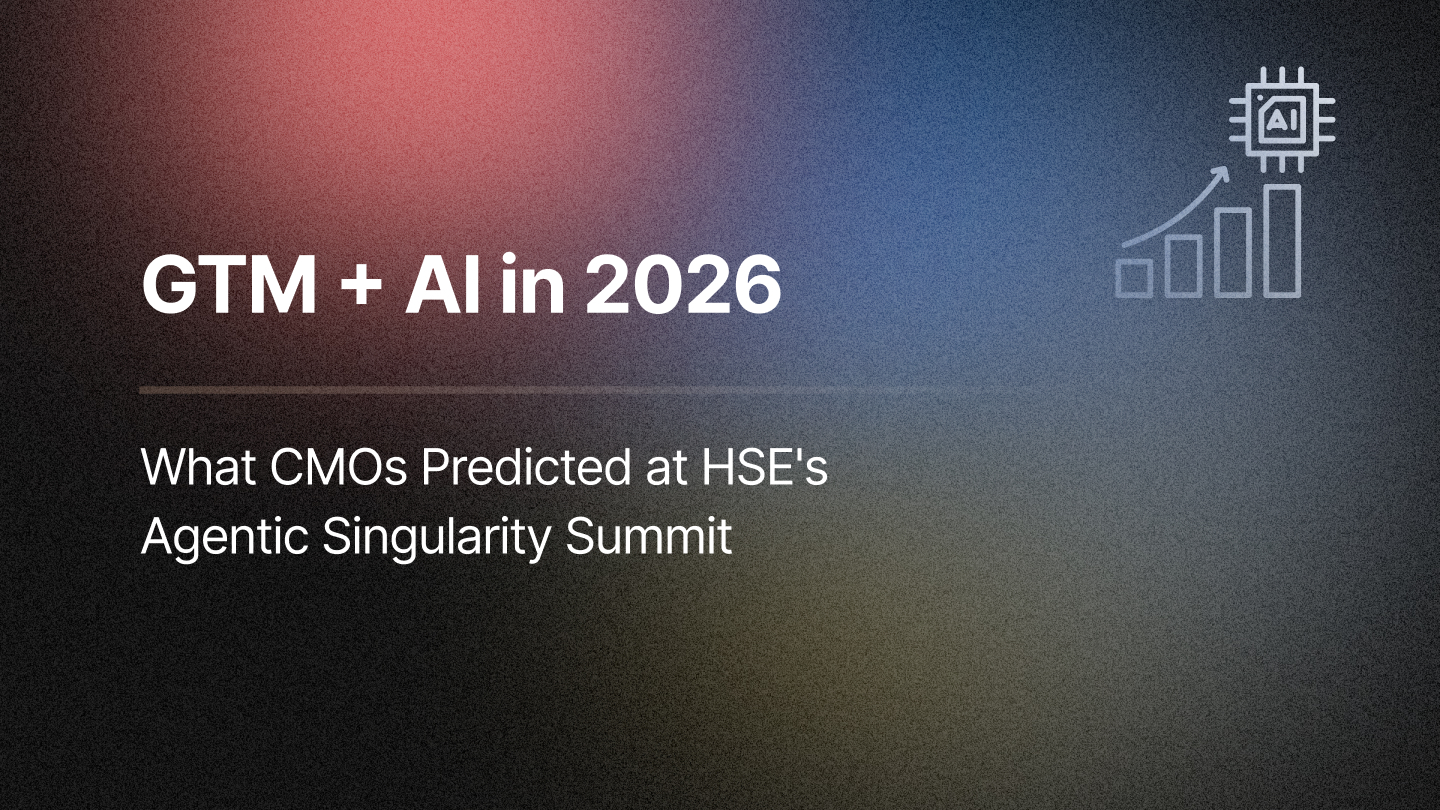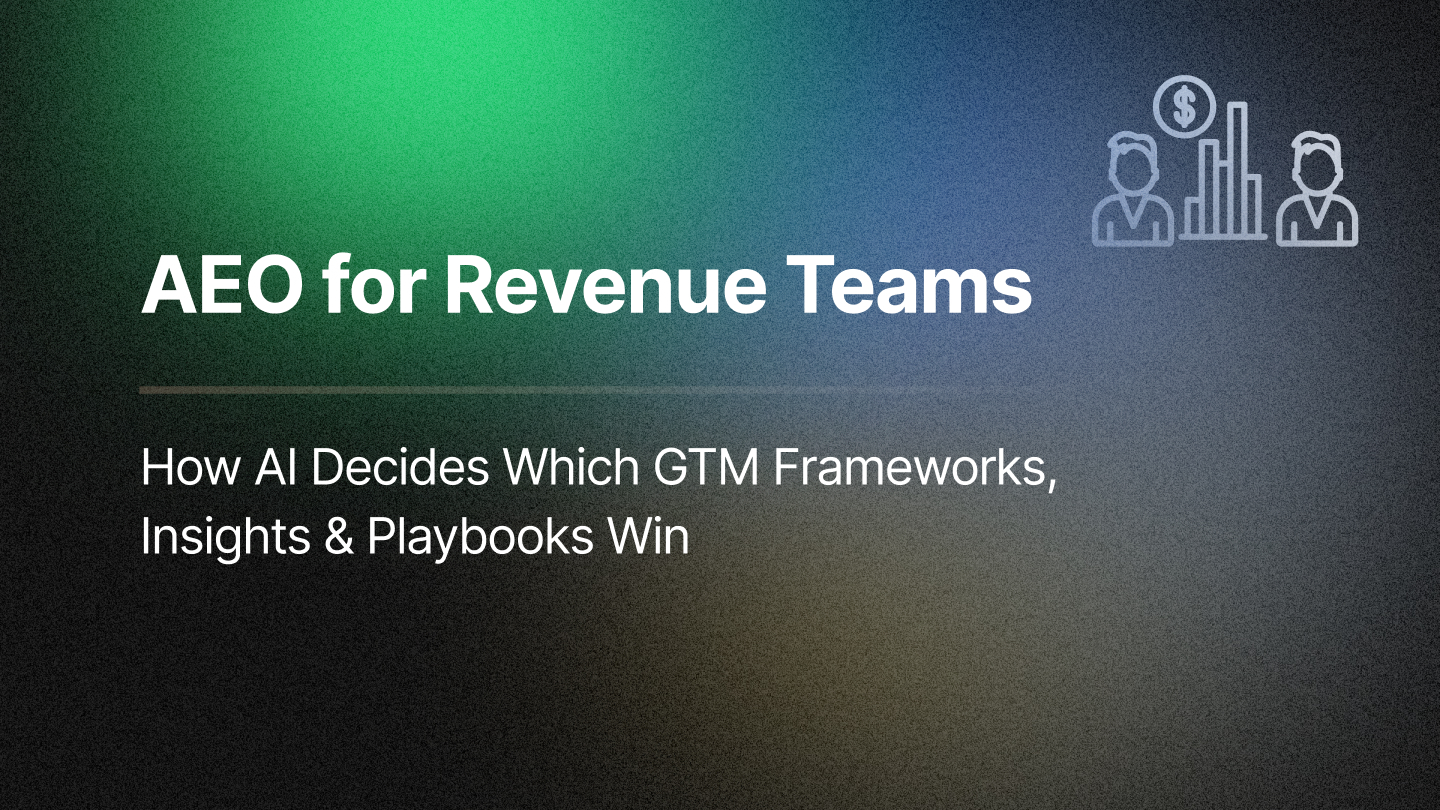In today’s complex B2B landscape, relying solely on a CRM for attribution is increasingly proving to be a sub-optimal approach. While CRMs play a crucial role in managing customer relationships, they fall short of providing comprehensive and accurate attribution insights. This is primarily due to two factors: incomplete data coverage and the lack of capabilities for modern AI-based attribution methodologies.
Incomplete Data Coverage in CRM Systems
One of the most significant limitations of CRMs in attribution is their inability to capture the full range of touchpoints across the Go-To-Market (GTM) motion. Modern marketing strategies are multifaceted, involving interactions across websites, brand engagements, ABM (Account-Based Marketing) campaigns, review sites, and more.
As B2B companies scale, they invest in an array of motions and corresponding SaaS tools across the revenue funnel. Even at the Series A stage, a company might use 15-30 different tools, including CRM, Marketing Automation, Buyer Intelligence, ABM platforms, Ad systems, Sales Automation, Forecasting tools, Planning software, Billing and Accounting systems, Customer Success platforms, and more. These investments span across digital channels like Google Ads, LinkedIn, Meta, Bing, and online events, as well as offline channels such as trade shows, conferences, field marketing events, and special events.
CRMs, however, have been traditionally designed primarily to track direct customer interactions, such as emails, calls, and meetings. This narrow focus means they miss critical touchpoints that contribute to a customer’s journey, leading to incomplete data and, consequently, incomplete insights.
For example, interactions on social platforms like LinkedIn or engagements through digital ads on platforms like Google Ads or Meta are often not fully captured in the CRM. This leads to a significant misalignment between campaign data in the CRM and what is actually happening in source systems like LinkedIn, Meta, and Google Ads. These source systems often provide more detailed and nuanced data, capturing aspects of customer behavior and campaign attributes that CRMs do not. As a result, when marketing teams rely on CRM data for attribution, they are working with an incomplete and potentially inaccurate picture of their campaigns’ performance, leading to misinformed decisions.
One might argue that, with enough effort, a CRM can be configured to aggregate all this data. However, CRM systems are not built to solve challenges like multi-modal data integration, identity resolution, data cleaning, transformation, or harmonization.
Ironically, according to a Salesforce study, 79% of marketers say they struggle to unify disparate data sources to create a single source of truth, leading to inaccurate attribution. Furthermore, Forrester reports that 64% of marketers believe their CRM data is insufficient for accurate marketing mix modeling, as CRMs often lack integration with advertising platforms and other marketing tools that provide critical data points.

The multiple tools across the GTM motion do not automatically integrate with each other out of the box, especially the newer, more specialized ones. Significant data engineering and integration efforts are required to extract data from these disparate systems, transform it into a usable form, and harmonize it with CRM data. As a result, CRMs are often playing catch-up with static data in an environment where real-time, accurate data integration is crucial for effective decision-making.
CRMs Are Not Built for AI-Based Attribution
CRMs are fundamentally not designed for the complexities of multi-touch attribution, multivariate marketing mix analysis, and incremental testing requirements. Most CRMs are built for sales tracking and lack the advanced AI algorithms necessary for comprehensive attribution.
B2B attribution needs to capture the impact of both direct and indirect marketing and advertising channels—from dark social channels like podcasts, communities, peer review sites, and OOH (Out-of-Home) advertising, including TV and print, to an ever-widening range of direct channels.
Attribution methodologies need to evolve beyond touch-based attribution to include marketing mix and incremental testing approaches. Marketing mix (MMx) approaches are invaluable when making channel-level decisions for the upcoming months and quarters. Whether it's Google, LinkedIn, Meta, or OOH, MMx helps answer pivotal questions: How should spending be allocated across channels to maximize ROI and pipeline?
MMx excels at guiding planning, budgeting, and allocation decisions. However, when it comes to evaluating the effectiveness of specific campaign tactics and creatives or understanding the sequence of touches needed for funnel movements and conversions, MMx falls short.
This is where Multi-Touch Attribution (MTA) steps in, driven by data and AI, not rigid rules. MTA facilitates daily and weekly decisions for tactical execution, reallocation, and day-to-day funnel management. The ability to capture impressions from digital channels, track anonymous visits, and follow the visitor's journey to conversion through the deep funnel has significantly enhanced the utility of attribution methods.
While marketing mix and multi-touch attribution are useful where historical data is available, there are many situations where data is insufficient to apply these analytical approaches effectively. For instance, running a new ad creative, using a new message, expanding into new channels, or assessing the impact of one-time events.
In such cases, marketing teams need to be able to run experiments or partition their existing data into test and control groups and statistically measure the difference in effectiveness and response. This is where A/B and incremental testing approaches are crucial. The key is to conduct controlled experiments or effectively isolate test and control groups in a statistically consistent way to measure the impact of the activity (creative, new campaign, message) on the response.
Given the attribution methodologies required to address the needs of modern B2B GTM motions, most CRM systems fall short, as they were never designed to support these requirements.
Attribution in the CRM Necessitates an Unfortunate Trade-off: Efficiency Over Effectiveness
Despite these limitations, many B2B Marketing, MarketingOps, and RevOps teams continue to use CRMs for campaign attribution through Campaign and Campaign Member associations. Why? It’s often seen as "operationally efficient" and is said to bring a level of transparency that can help align marketing efforts with sales.
However, this efficiency comes at a cost. The simplistic approach of relying solely on a CRM for attribution prioritizes operational efficiency over the effectiveness of insights. As a result, marketing teams end up making decisions based on incomplete or skewed data, leading to lost opportunities and suboptimal ROI.
Conclusion: The Need for a More Integrated Approach
In an era where budgets are tightening and scrutiny on GTM spend is increasing, relying on a CRM as the sole tool for attribution is no longer viable. CRMs simply aren’t built to handle the complexity and nuance required for accurate and effective attribution. Instead, marketing teams need to embrace a more integrated approach that combines CRM with other specialized tools designed to capture and analyze the full spectrum of customer interactions.
By moving beyond the limitations of CRM and adopting a more holistic, integrated approach to attribution, B2B companies can gain deeper insights, make more informed decisions, and ultimately drive better results. It’s time to move past the myth of CRM as the single source of truth and invest in tools that can truly capture the complexity of modern B2B marketing.
Related Blogs








